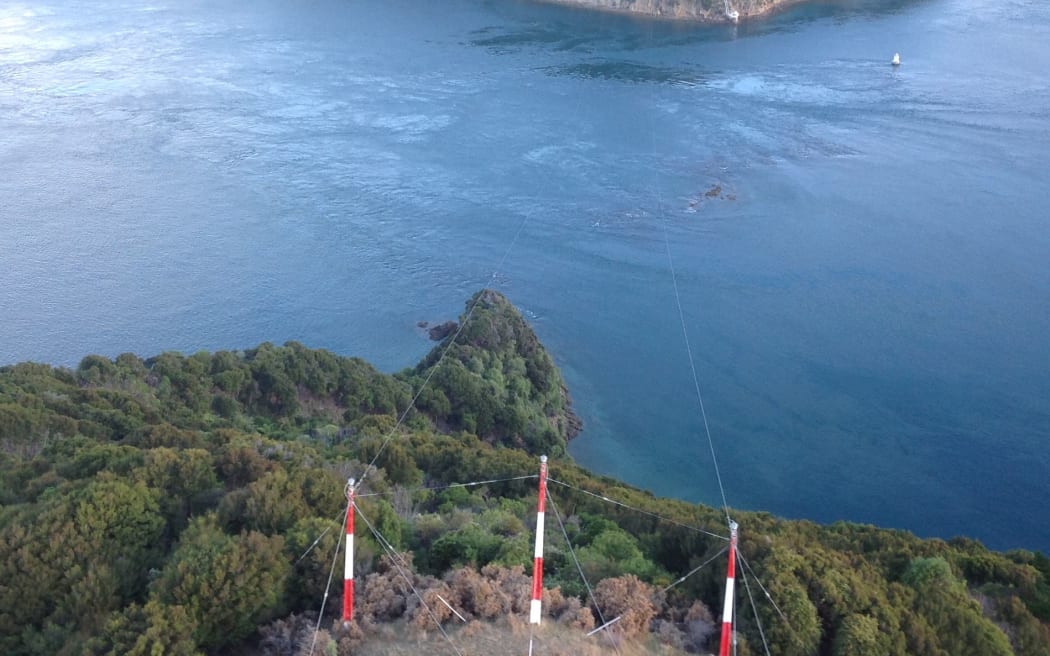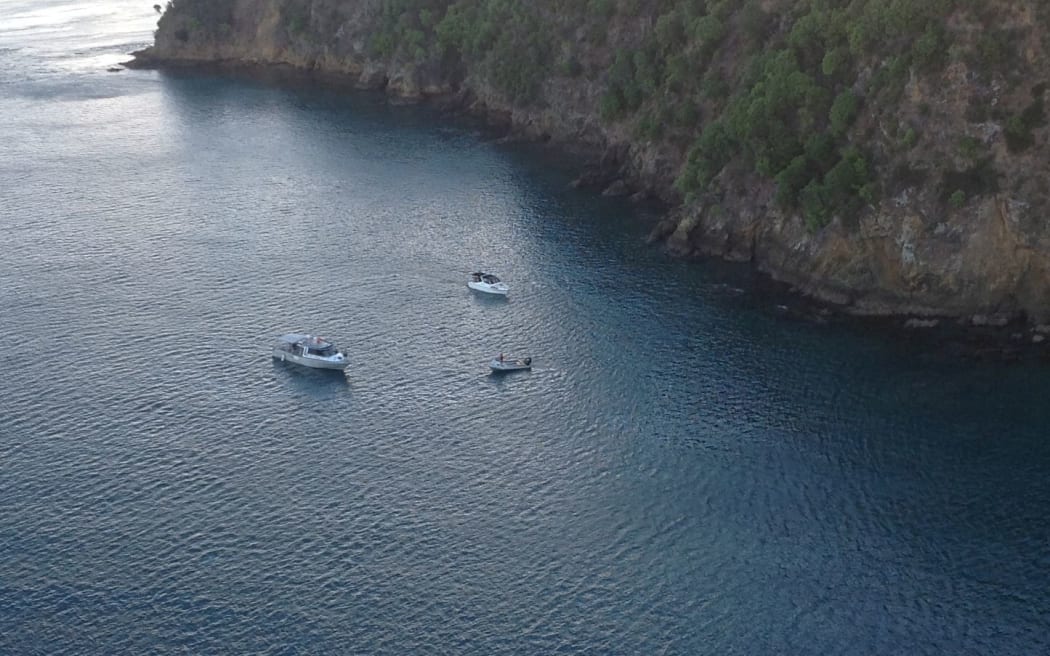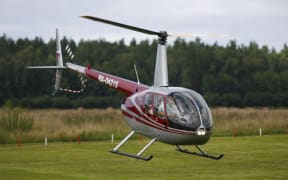The local lines company says it is not to blame for Friday's fatal helicopter crash in the Marlborough Sounds.

The scene of the helicopter crash at French Pass showing the downed power lines. Photo: Supplied
On Friday, a helicopter hit one of three power lines spanning French Pass to D'Urville Island before crashing into the water.
Marlborough Lines managing director Ken Forrest said the high-tension wires were at a height of 100 metres, which he understood was below the minimum legal flying level for helicopters.
"The line across French Pass has been in operation since 1974, and when it was constructed it was constructed in accord with all relevant planning criteria," he said.
He said it received the approval of the aviation authority of the time and a spokesperson for the Civil Aviation Authority (CAA) said the power lines were well marked.
In 2001, the CAA identified the wires across French Pass as one of New Zealand's "20 worst spans" which posed a hazard to aircraft.
"The French Pass area is a known area for the potential of a wire strike hazard and aviation and maritime operators have navigational maps that detail the location of power lines," the spokesperson said.
At present, the lines at French Pass were not marked, but the power poles on land are painted red and white.
Mr Forrest said there were practicalities that would need to be addressed as marking the power lines was not easy, as "the marking needs to be effective under all conditions if people are to rely upon it".
The CAA said it had been given access to the site of the wreckage by police and said it will determine how to proceed with its investigation, tomorrow.
Danger of wirestrikes well documented
There were at least three other high-tension wire spans in the Marlborough Sounds, including a set across Tory Channel in Queen Charlotte Sound which was also identified in the CAA review.
In 1985, an Air Albatross Cessna hit the lines above Tory Channel, and crashed into the water killing eight passengers, including the pilot. The sole survivor was an 11-year old girl, Cindy Mosey.
In January 2012, eleven people including pilot Lance Hopping died when a balloon hit power lines and caught fire in Carterton.
In 2007 in a speech to the Aviation Industry Association, former Minister for Transport Safety, Harry Duynhoven, said he was waiting for the results of a CAA study on ways to mitigate the risk of aerial wires.

Boats searching at the scene of the helicopter crash. Photo: Supplied
In 2011, the CAA wrote to Federated Farmers regarding wirestrikes on farms.
It asked the Federation to alert its members to the dangers of unmarked wires on farm sites, particularly where they engaged aircraft in low-flying settings.
Last December, the New Zealand Helicopter Association issued a safety bulletin to its members on the dangers of wirestrikes after several accidents had led to "the worst performance in a number of years".
It said inattention and a failure to plan appropriately were among the biggest contributors to wirestrikes, and urged its members to be disciplined to "the task of improvement".




